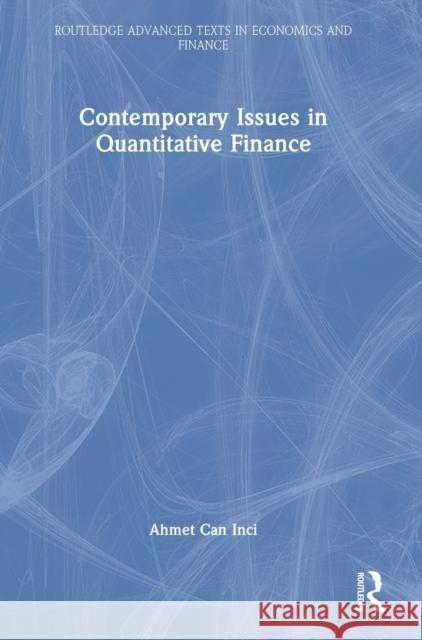Contemporary Issues in Quantitative Finance » książka
Contemporary Issues in Quantitative Finance
ISBN-13: 9781032101156 / Angielski / Twarda / 2023 / 342 str.
Contemporary Issues in Quantitative Finance
ISBN-13: 9781032101156 / Angielski / Twarda / 2023 / 342 str.
(netto: 627,14 VAT: 5%)
Najniższa cena z 30 dni: 604,49 zł
ok. 22 dni roboczych
Bez gwarancji dostawy przed świętami
Darmowa dostawa!
Contemporary Quantitative Finance connects the abstract theory and the practical use of financial innovations such as ultra-high-frequency trading and cryptocurrencies. It teaches students how to use cutting-edge computational techniques, mathematical tools, and statistical methodologies, with a focus on real-life applications.
Contemporary quantitative finance connects the abstract theory and the practical use of financial innovations, such as ultra-high-frequency trading and cryptocurrencies. It teaches students how to use cutting-edge computational techniques, mathematical tools, and statistical methodologies, with a focus on real-life applications.
The textbook opens with chapters on financial markets, global finance, and financial crises, setting the subject in its historical and international context. It then examines key topics in modern quantitative finance, including asset pricing, exchange-traded funds, Monte Carlo simulations, options, alternative investments, artificial intelligence, and big data analytics in finance. Complex theory is condensed to intuition, with appendices presenting advanced mathematical or statistical techniques. Each chapter offers Excel-based implementations, conceptual questions, quantitative problems, and a research project, giving students ample opportunity to develop their skills. Clear chapter objectives, summaries, and key terms also support student learning.
Digital supplements, including code and PowerPoint slides, are available for instructors. Assuming some prior financial education, this textbook is suited to upper-level undergraduate and postgraduate courses in quantitative finance, financial engineering, and derivatives.











